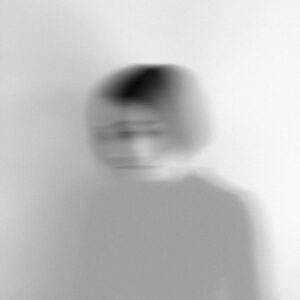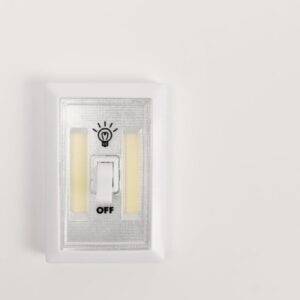 Anxiety is a normal human reaction to the stressors life presents. We all worry or feel nervous at certain times in our lives. We also need (some) anxiety to help us perform at our best at sporting events, performances, public speaking, or when we go on that date.
Anxiety is a normal human reaction to the stressors life presents. We all worry or feel nervous at certain times in our lives. We also need (some) anxiety to help us perform at our best at sporting events, performances, public speaking, or when we go on that date.
But if we have too much anxiety, and it persists, then it can become hugely problematic.
Anxiety disorders can significantly impact a person’s day-to-day life. People can struggle with school, work, social situations, or indeed everything they do. Prolonged anxiety can also seriously impact our relationships with friends and family.
While anxiety medications can (potentially) have some short-term benefits, they are limited, and can also have potential negative side-effects.
To the contrary, psychological treatment is highly effective at treating anxiety.
Psychologists work alongside clients to explore the underlying cause of anxiety, and then treat the factors maintaining it. This can, and does, lead to dramatic improvements in life.
At Now in Colour, we specialize in the treatment of anxiety and anxiety disorders. We can help you to manage Generalized Anxiety Disorder (GAD); Social Anxiety Disorder; and Obsessive Compulsive Disorder (OCD).



 Generalized anxiety disorder (GAD) is characterized by chronic, excessive, and uncontrollable worry. People with GAD can feel on edge, be easily fatigued, have difficulty concentrating, feel irritable, experience muscle tension, and have problems sleeping. People who have symptoms of GAD are more likely to experience burnout.
Generalized anxiety disorder (GAD) is characterized by chronic, excessive, and uncontrollable worry. People with GAD can feel on edge, be easily fatigued, have difficulty concentrating, feel irritable, experience muscle tension, and have problems sleeping. People who have symptoms of GAD are more likely to experience burnout. Social anxiety disorder is characterized by feeling very nervous and uncomfortable in social situations. Individuals with social anxiety worry a great deal about doing something embarrassing and others thinking badly of them. They tend to be very self-conscious.
Social anxiety disorder is characterized by feeling very nervous and uncomfortable in social situations. Individuals with social anxiety worry a great deal about doing something embarrassing and others thinking badly of them. They tend to be very self-conscious. Obsessive-compulsive disorder is characterized by unwanted thought intrusions called obsessions. Obsessions are recurrent and persistent intrusive thoughts, images or impulses that are unwanted, personally unacceptable and cause significant distress.
Obsessive-compulsive disorder is characterized by unwanted thought intrusions called obsessions. Obsessions are recurrent and persistent intrusive thoughts, images or impulses that are unwanted, personally unacceptable and cause significant distress.